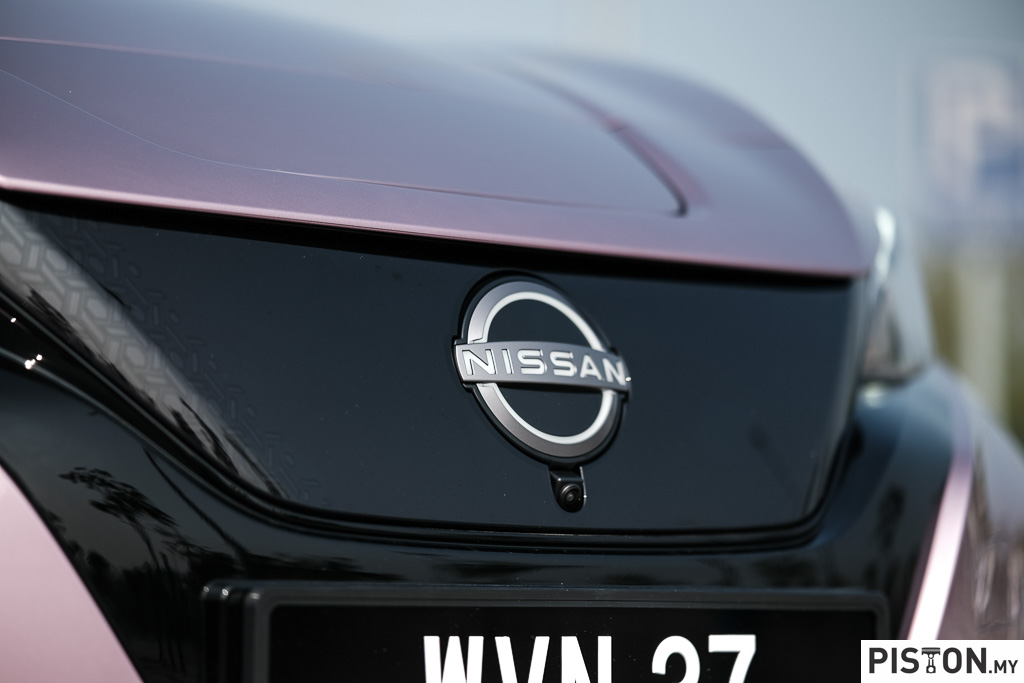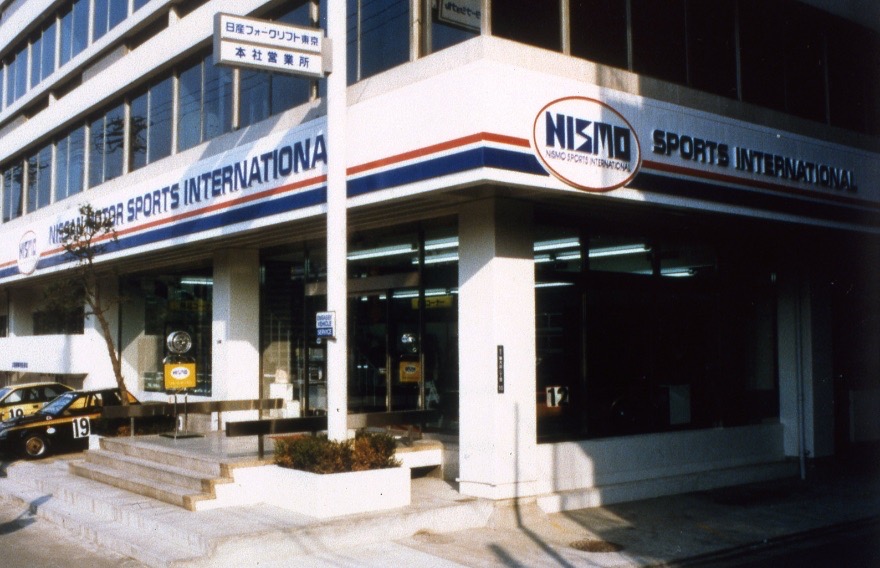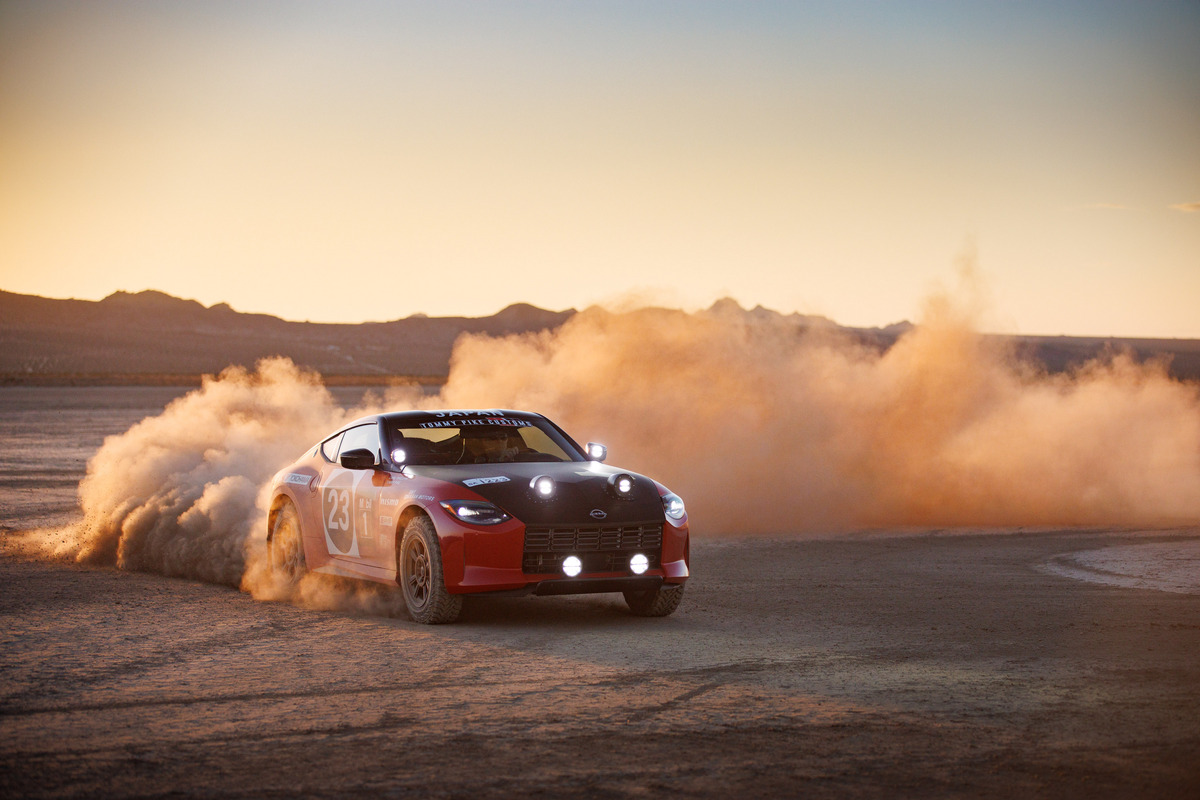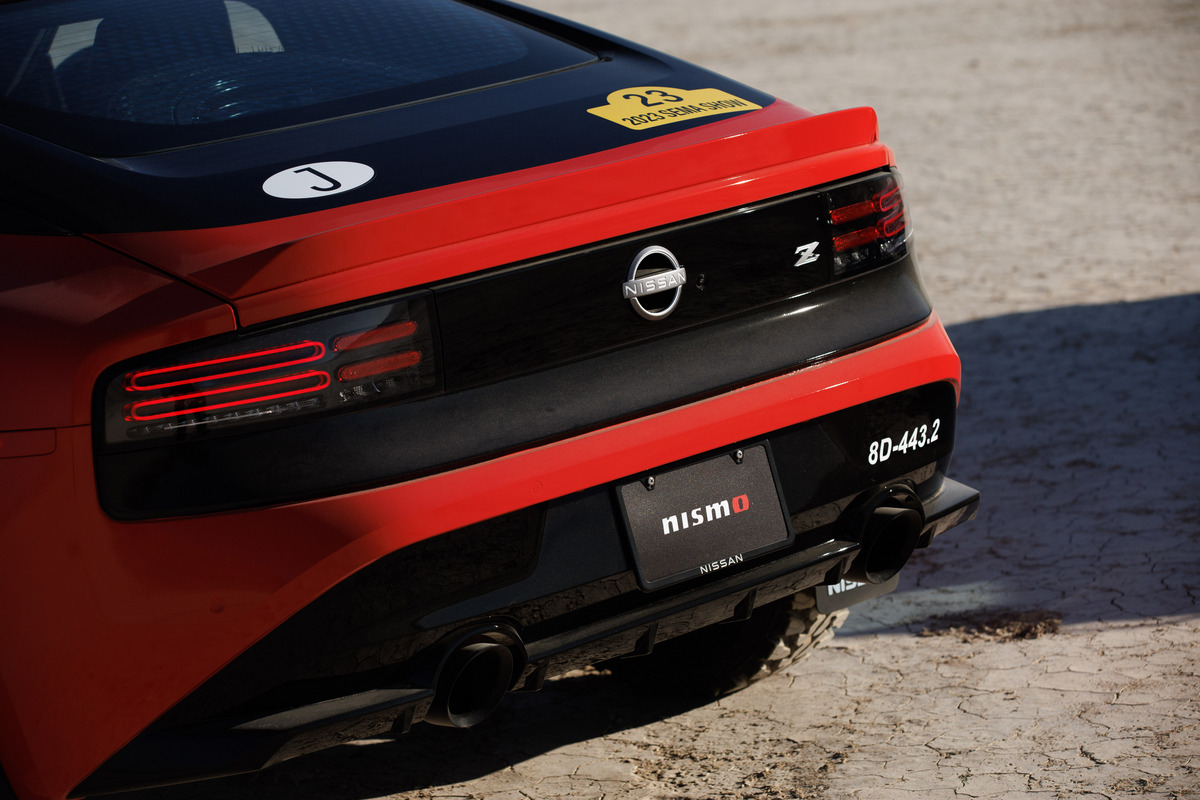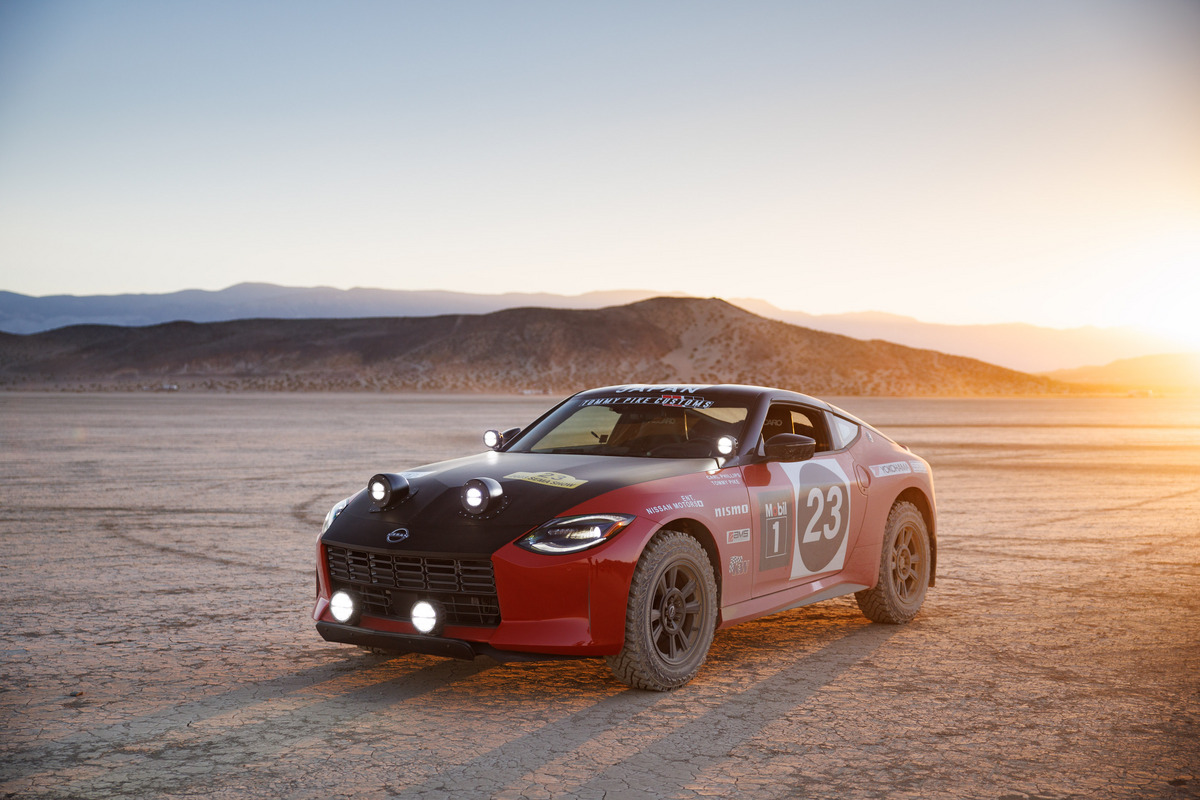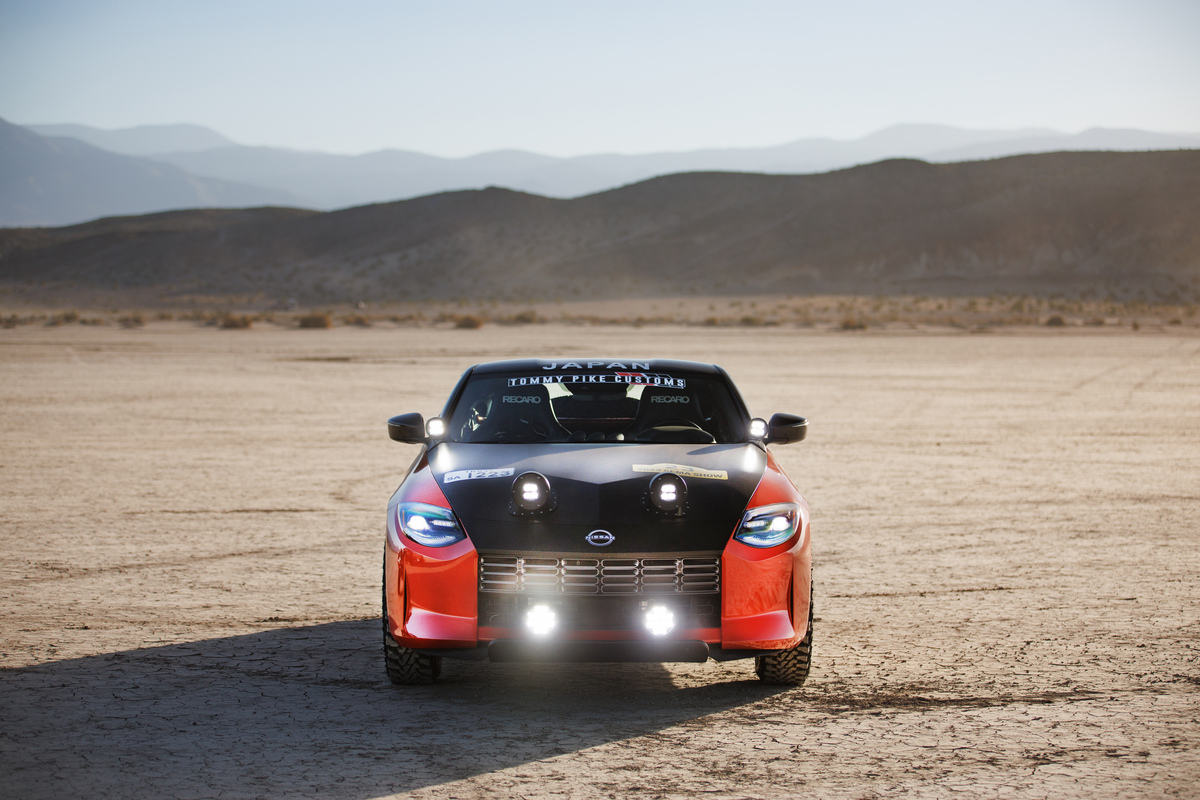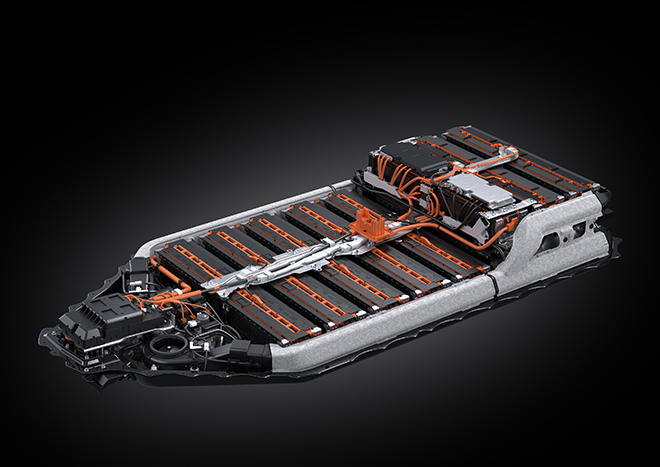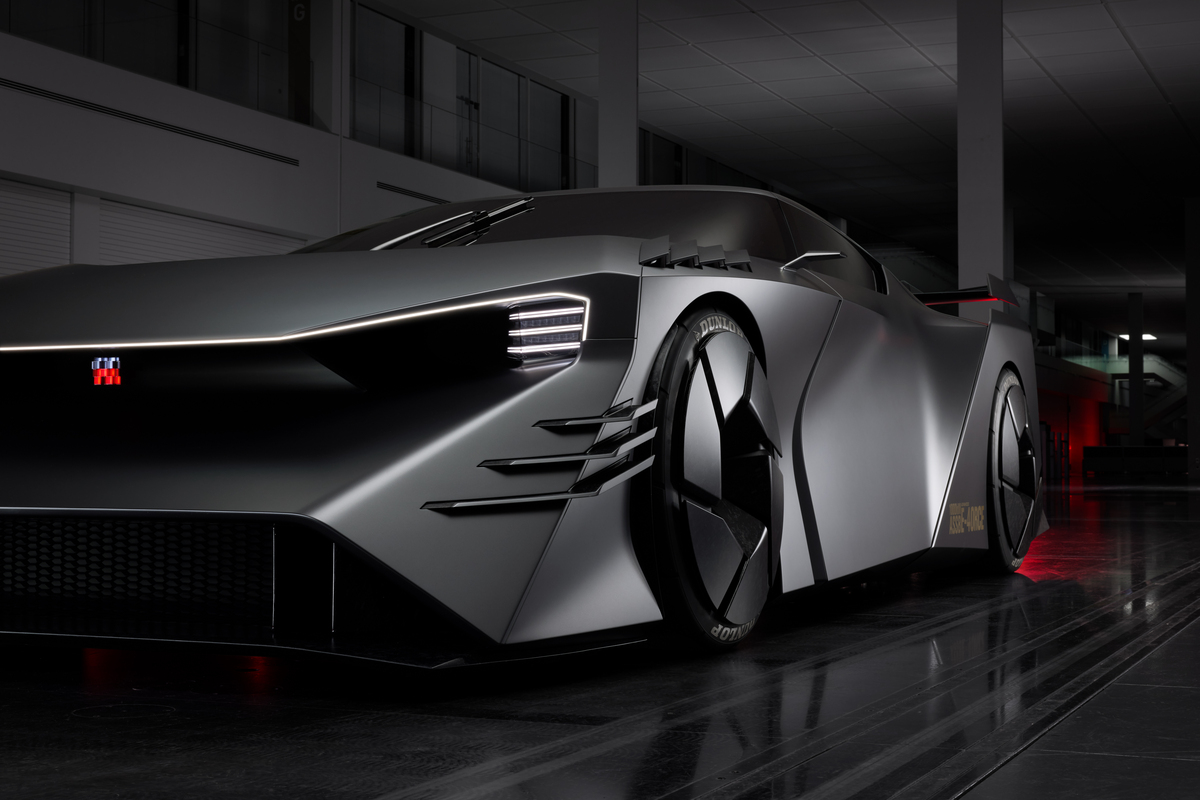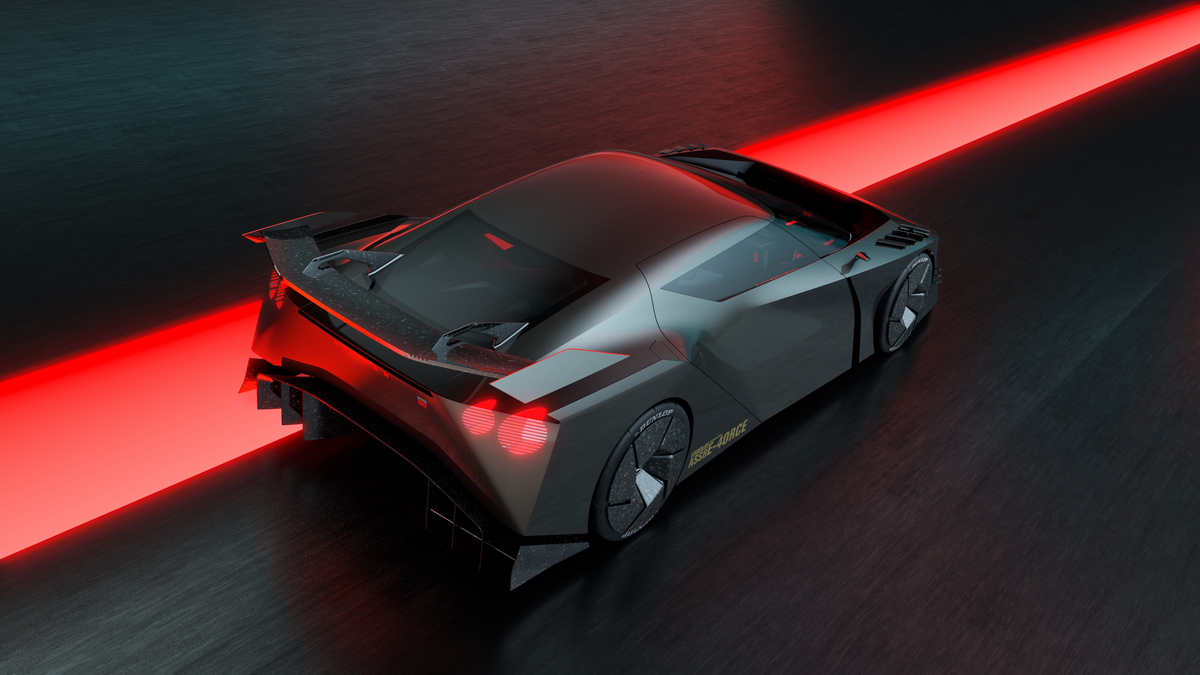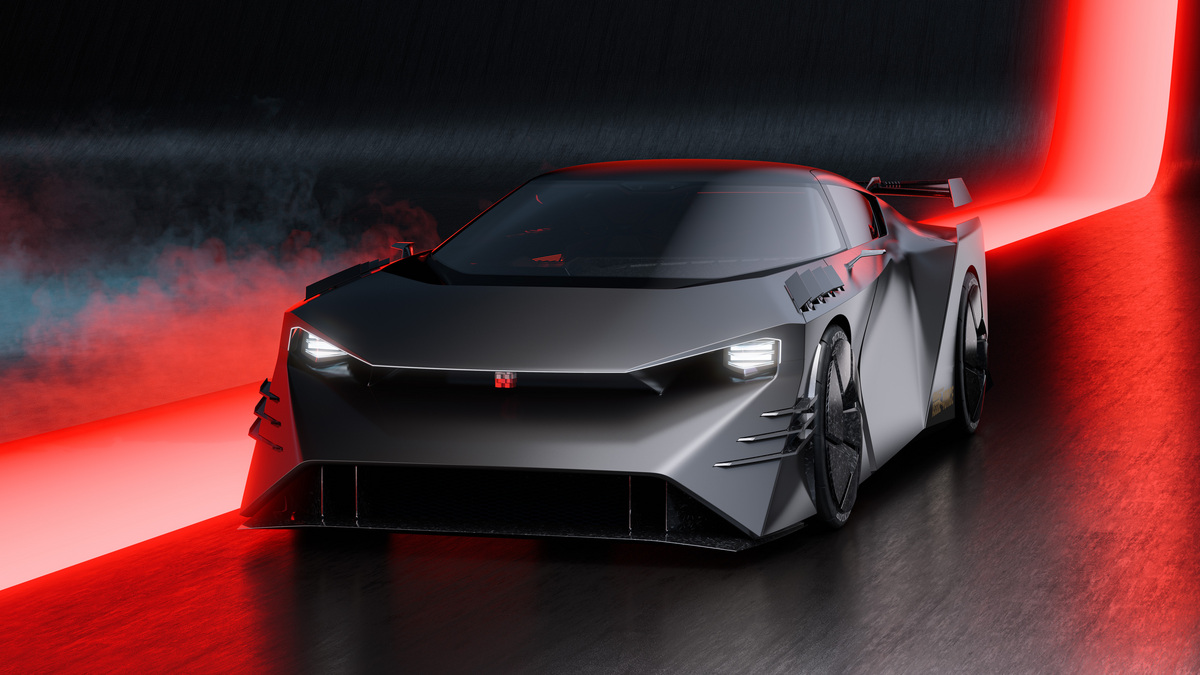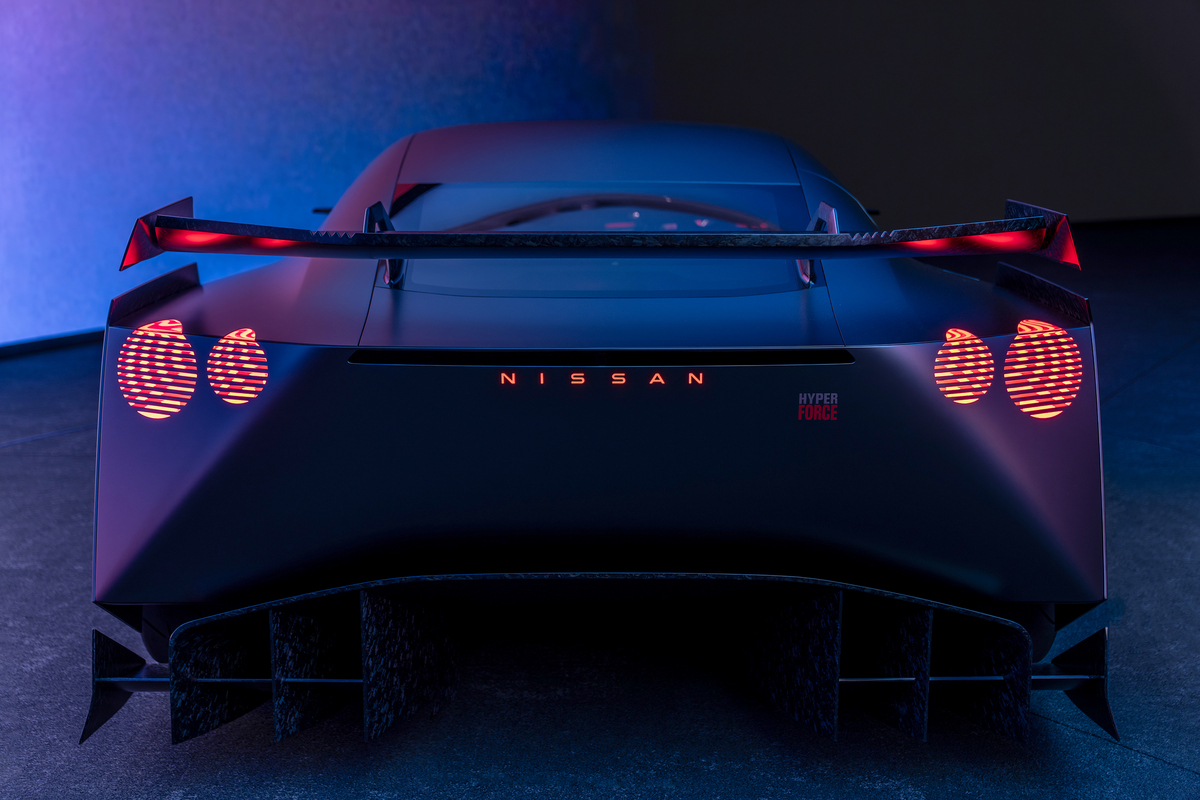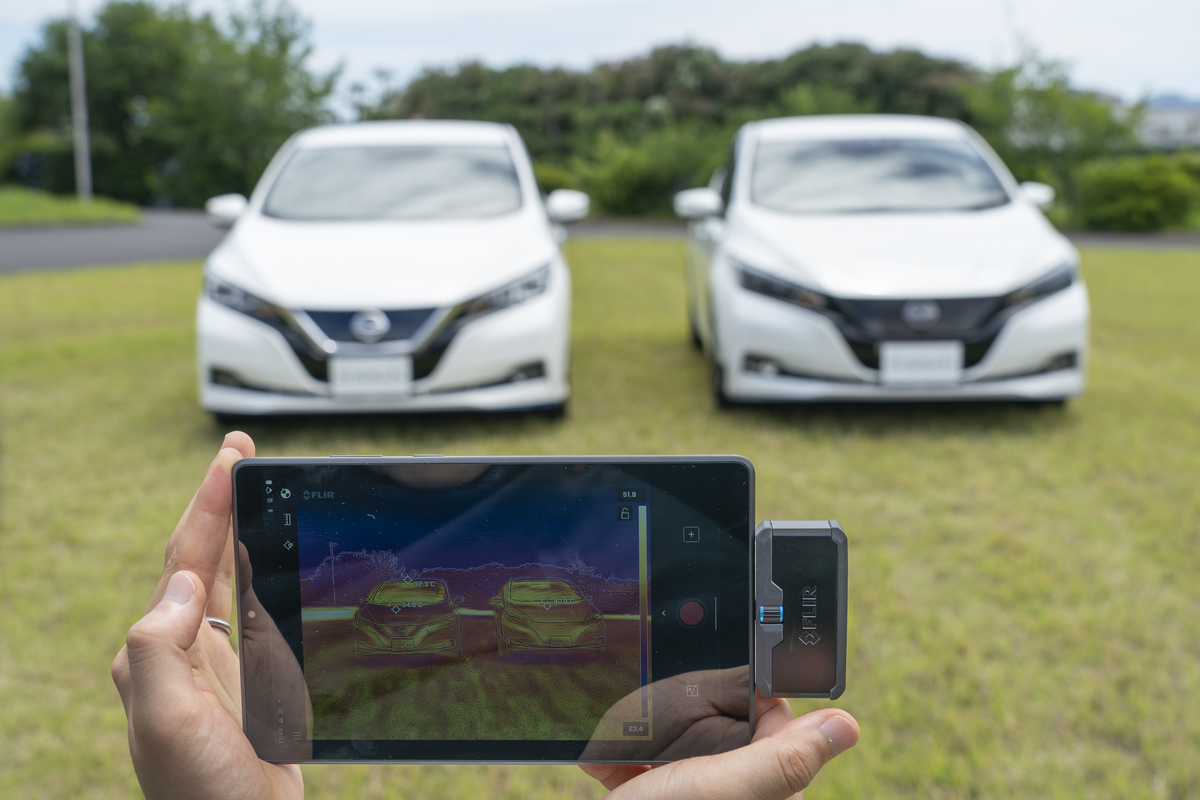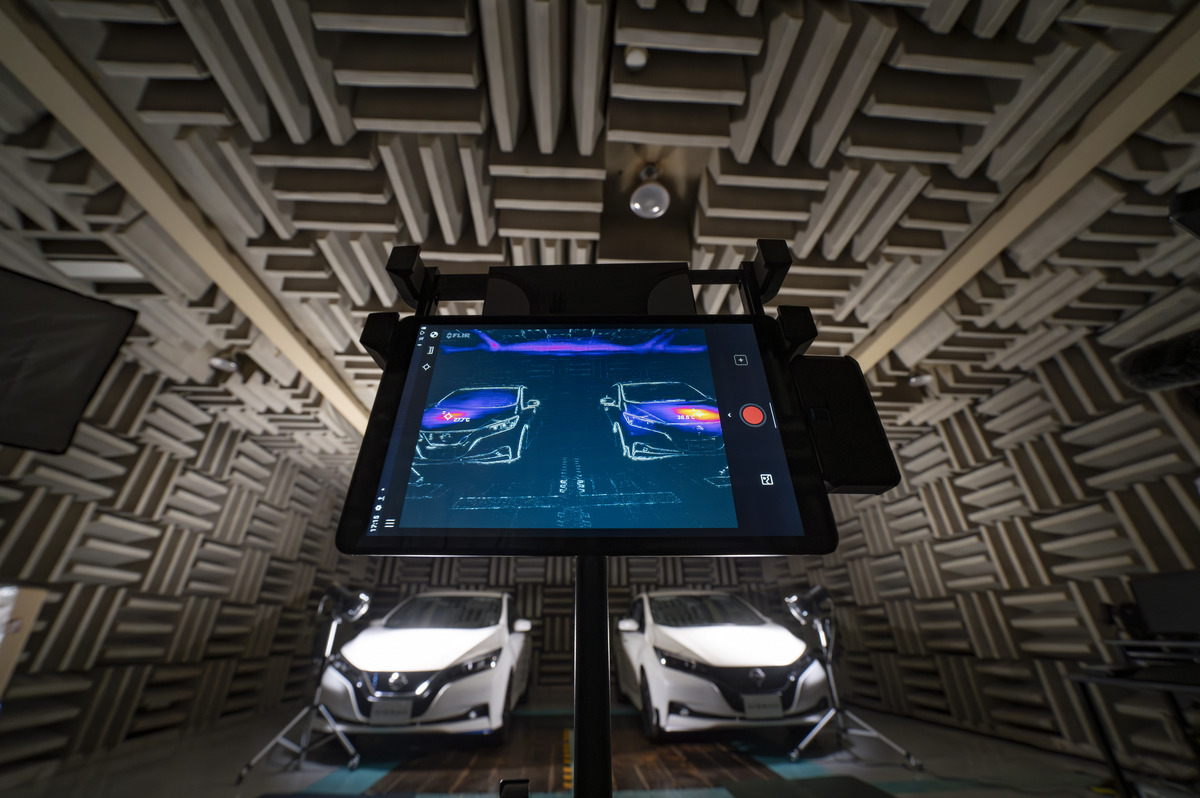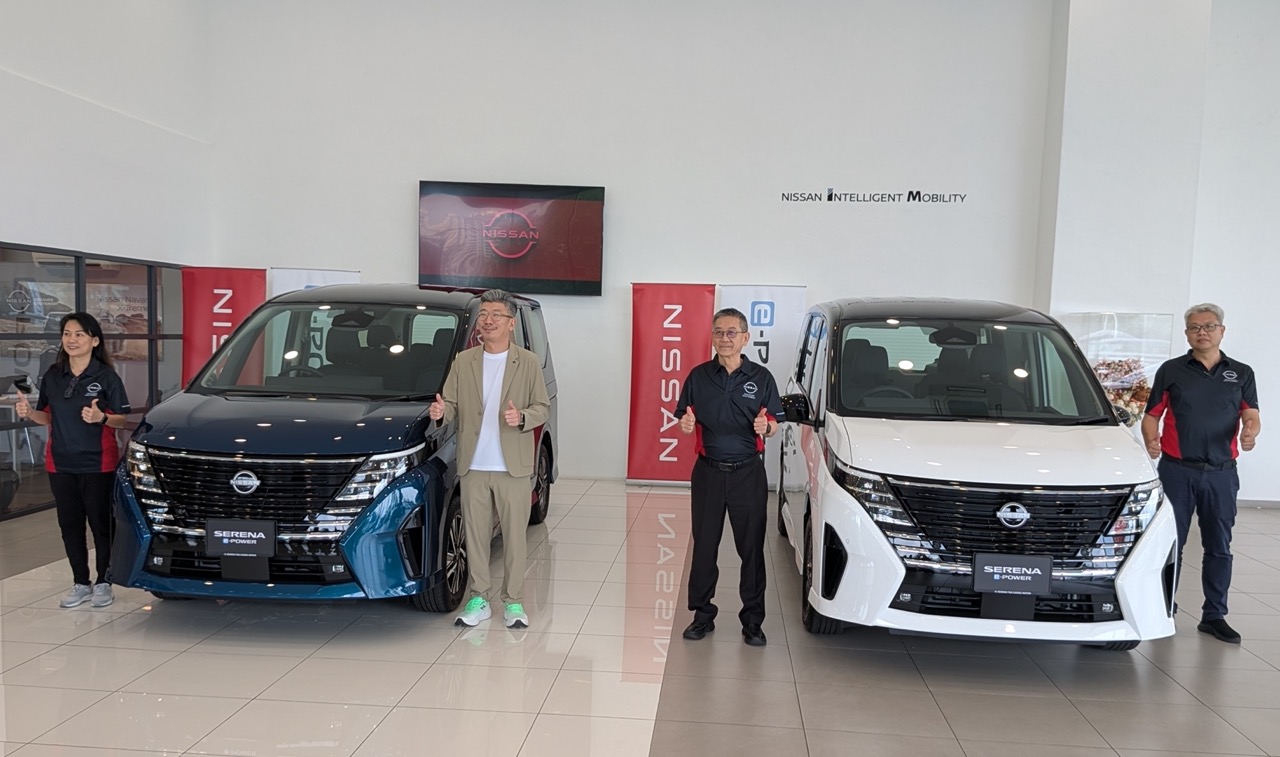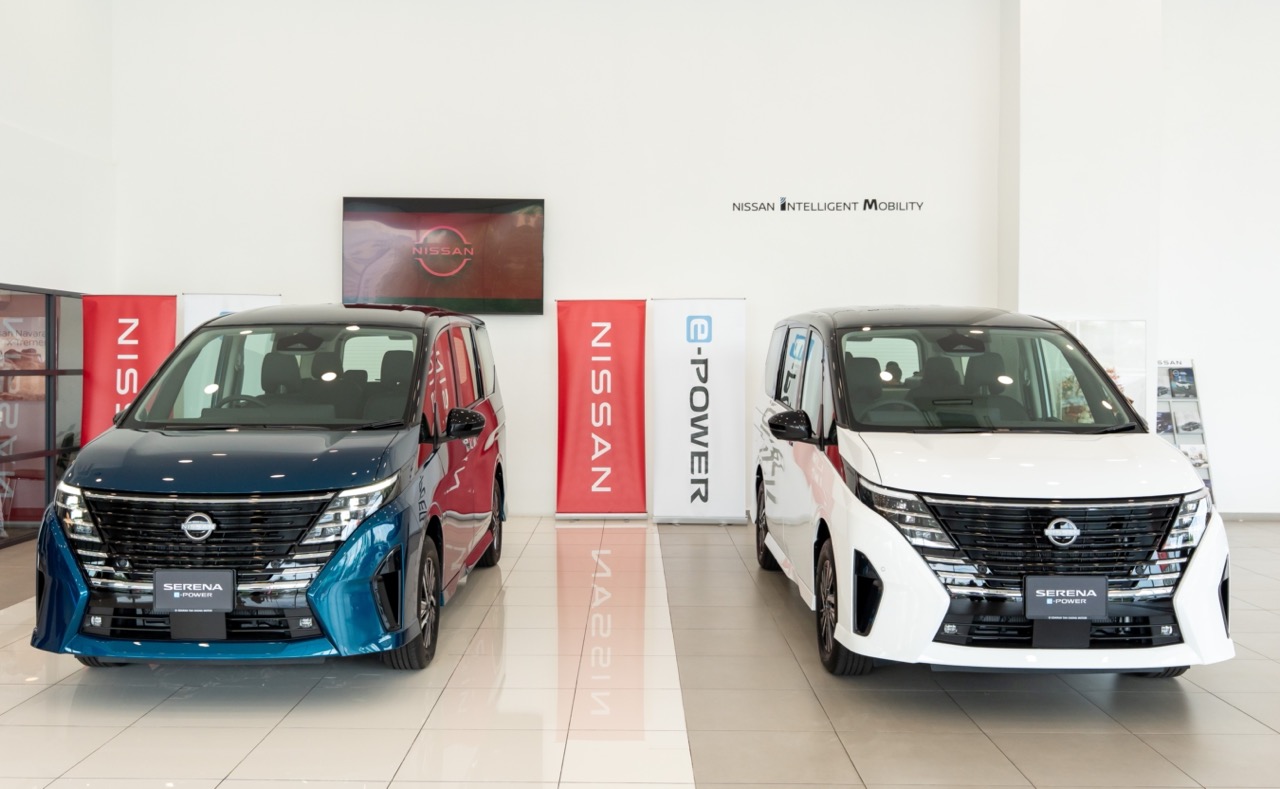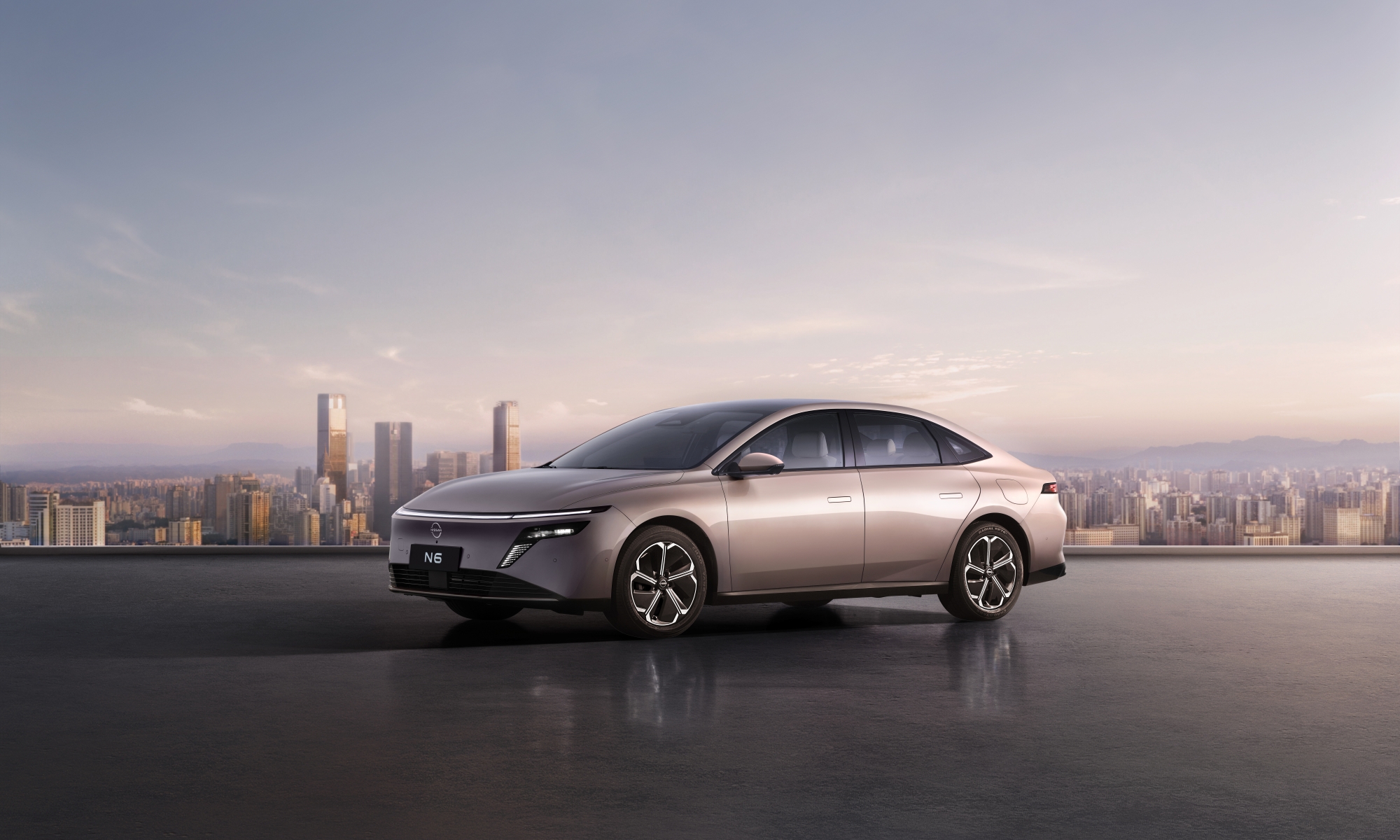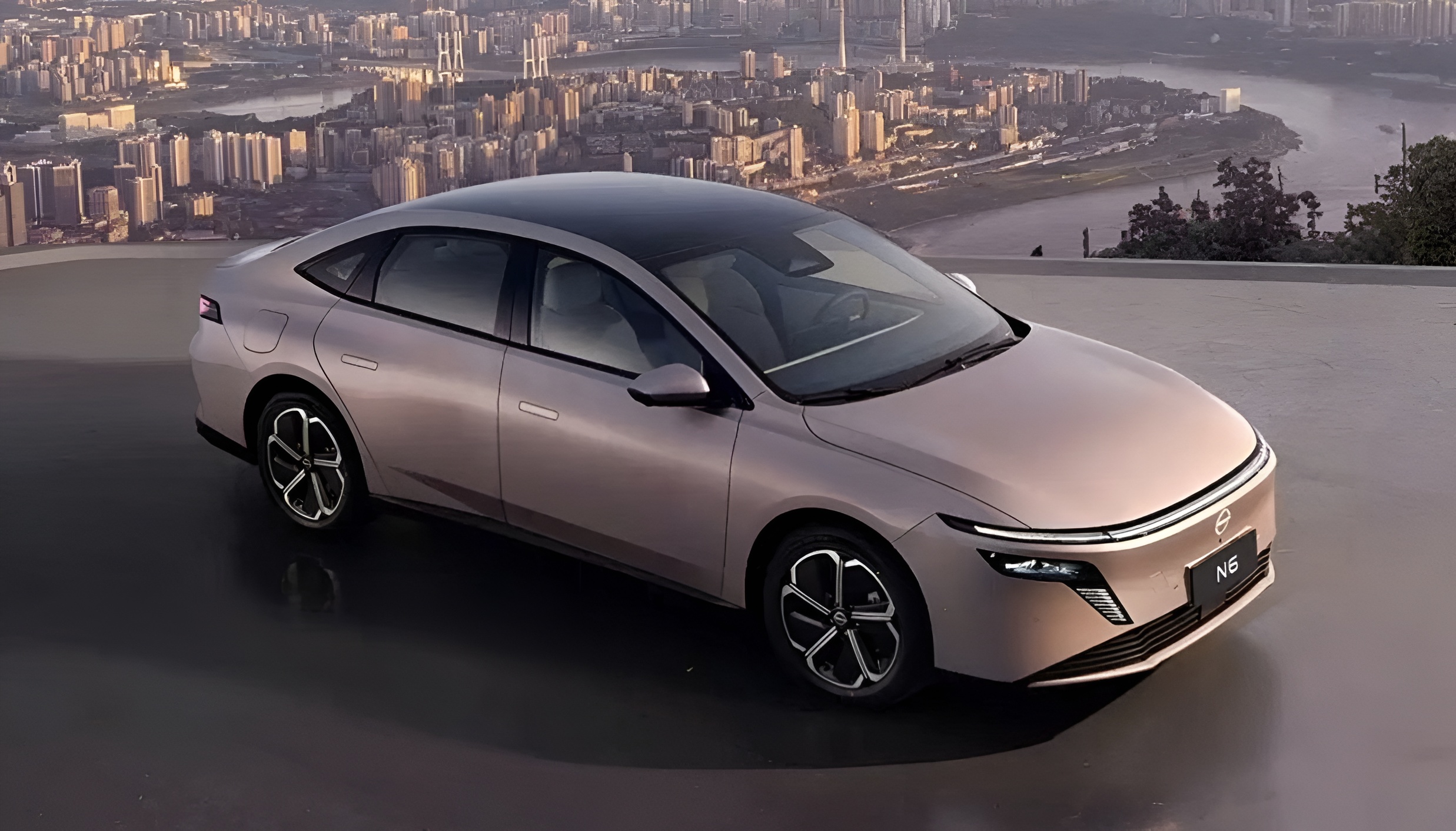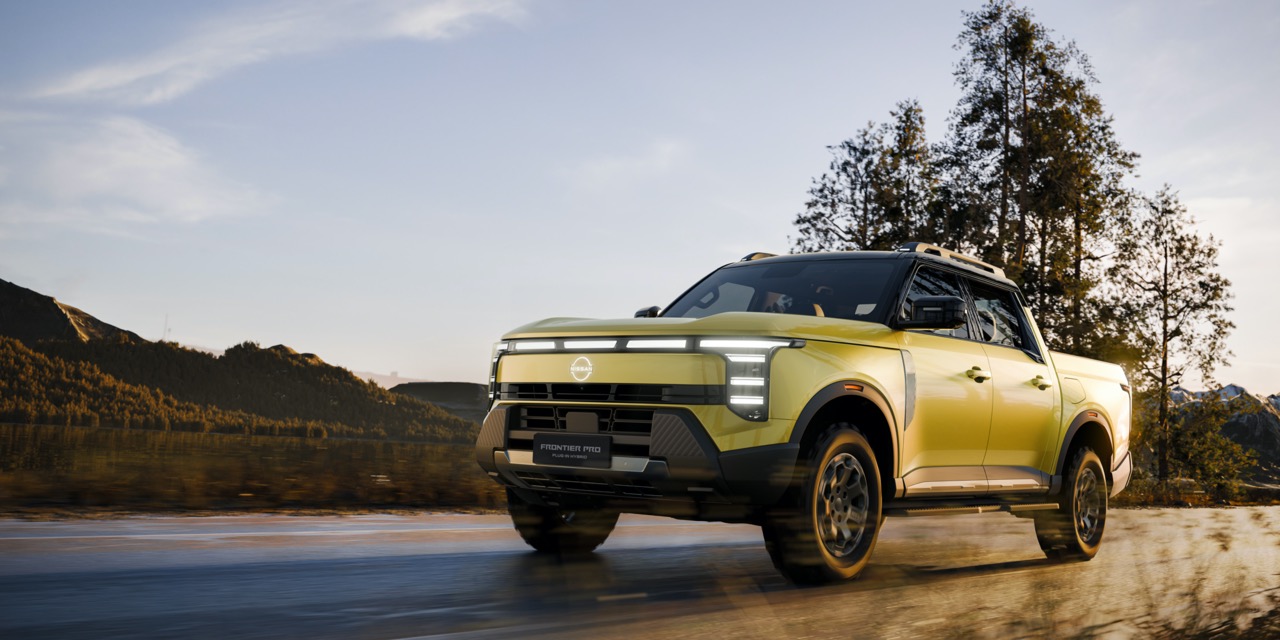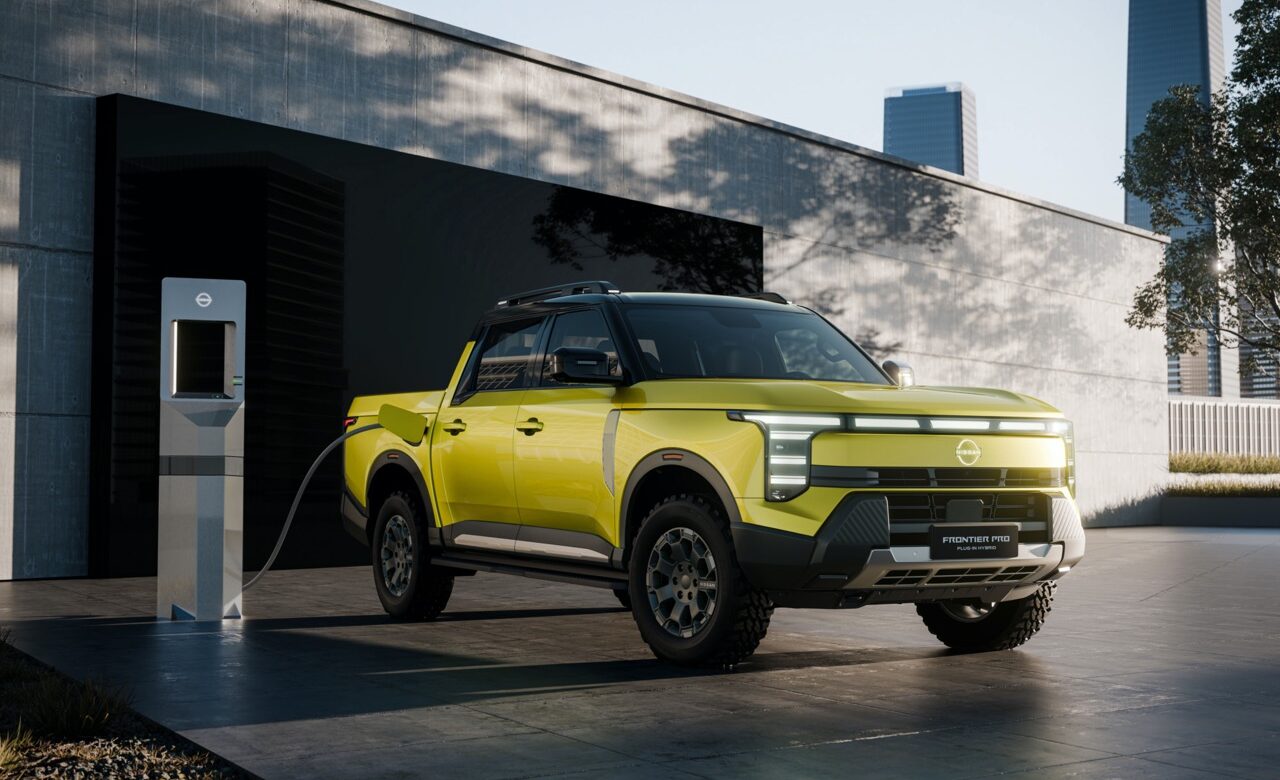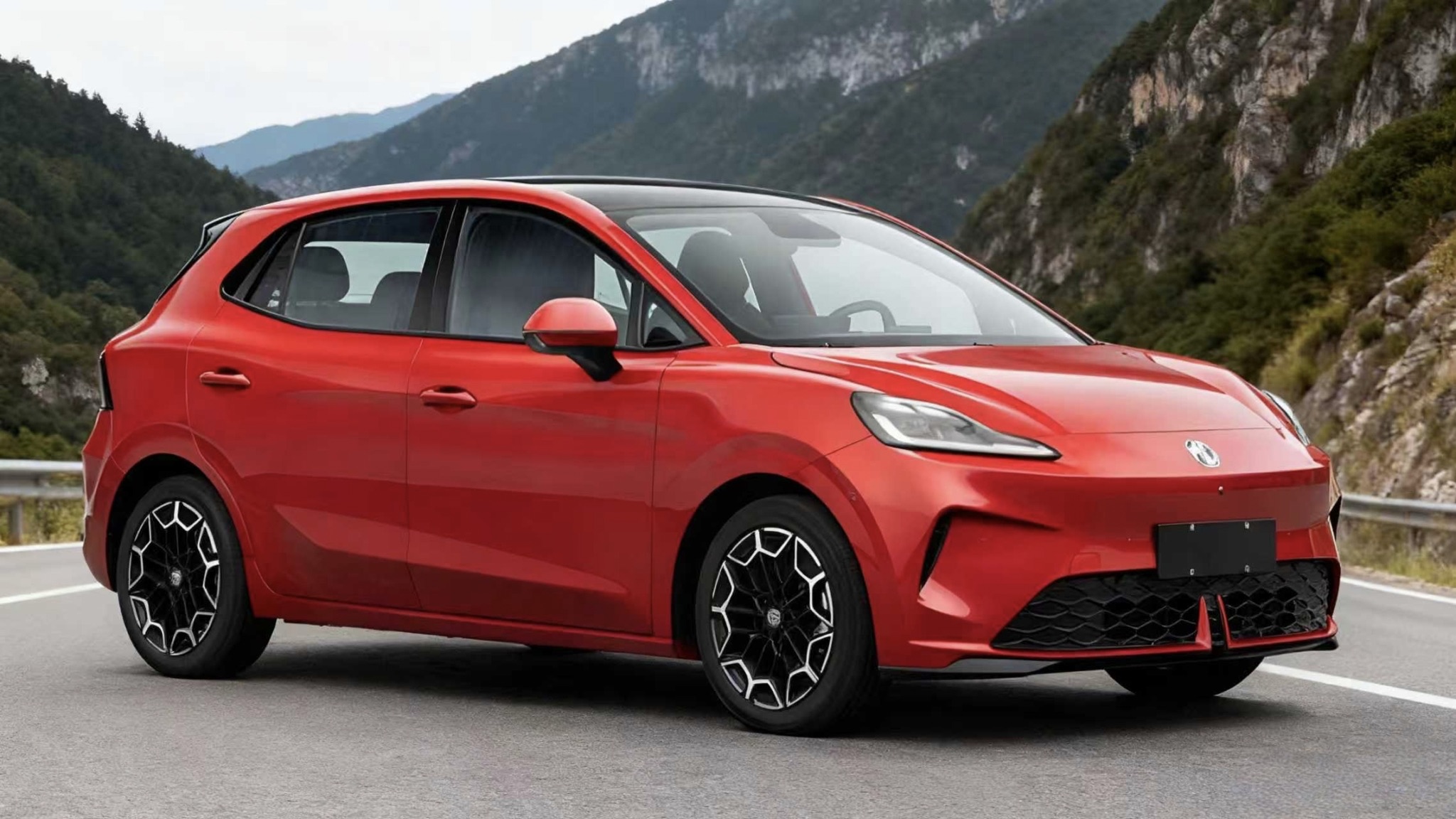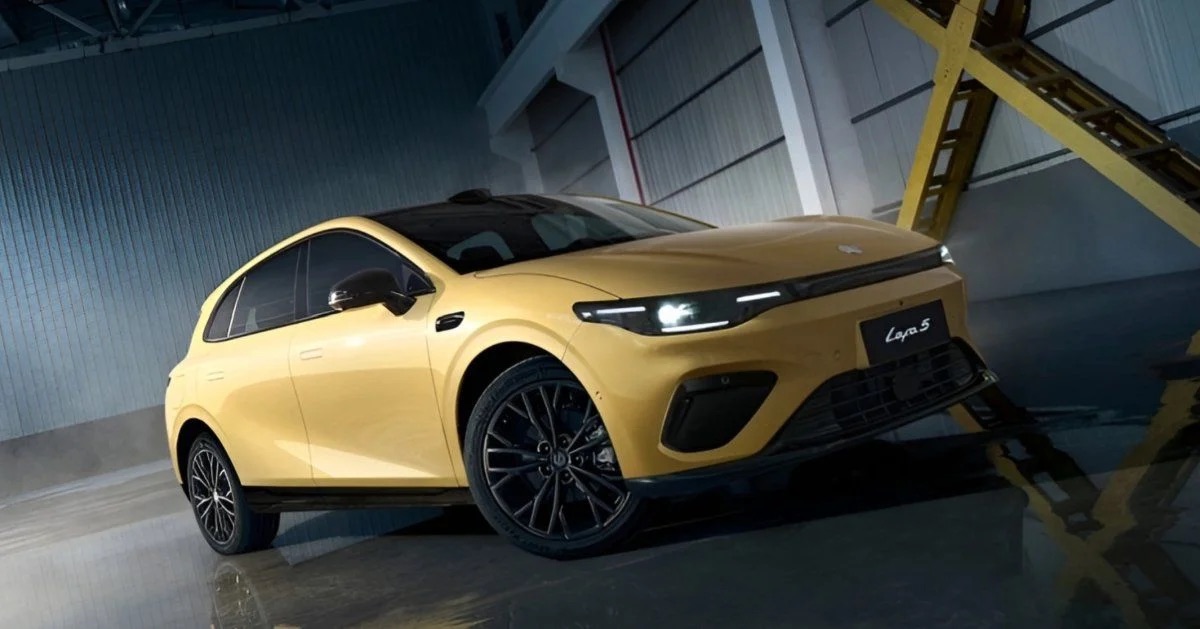Nissan Motor dan Mitsubishi telah melancarkan usaha sama yang memfokuskan kepada perkhidmatan pemanduan autonomi dan kenderaan elektrik (EV), yang dijangka ditubuhkan sebelum berakhirnya tahun 2024. Matlamat utama inisiatif ini termasuk memperkenalkan perkhidmatan pemanduan autonomi Tahap 4, yang membolehkan kenderaan beroperasi secara sendiri dalam situasi tertentu, dan mengintegrasikan bateri EV untuk penyimpanan tenaga di rumah serta aplikasi inovatif lain.
Dibiayai bersama oleh kedua-dua syarikat, usaha ini akan memulakan ujian pengesahan pada 2025. Nissan bertanggungjawab terhadap pembangunan kenderaan autonomi, sementara Mitsubishi memberi tumpuan kepada pengoptimuman laluan dengan sistem AI. Usaha sama ini bertujuan untuk menawarkan perkhidmatan teksi tanpa pemandu dan pelbagai perkhidmatan lain, dengan pelancarannya dijadualkan di Yokohama dan Namie, di mana Nissan telah menguji teknologi pemanduan automatik.

